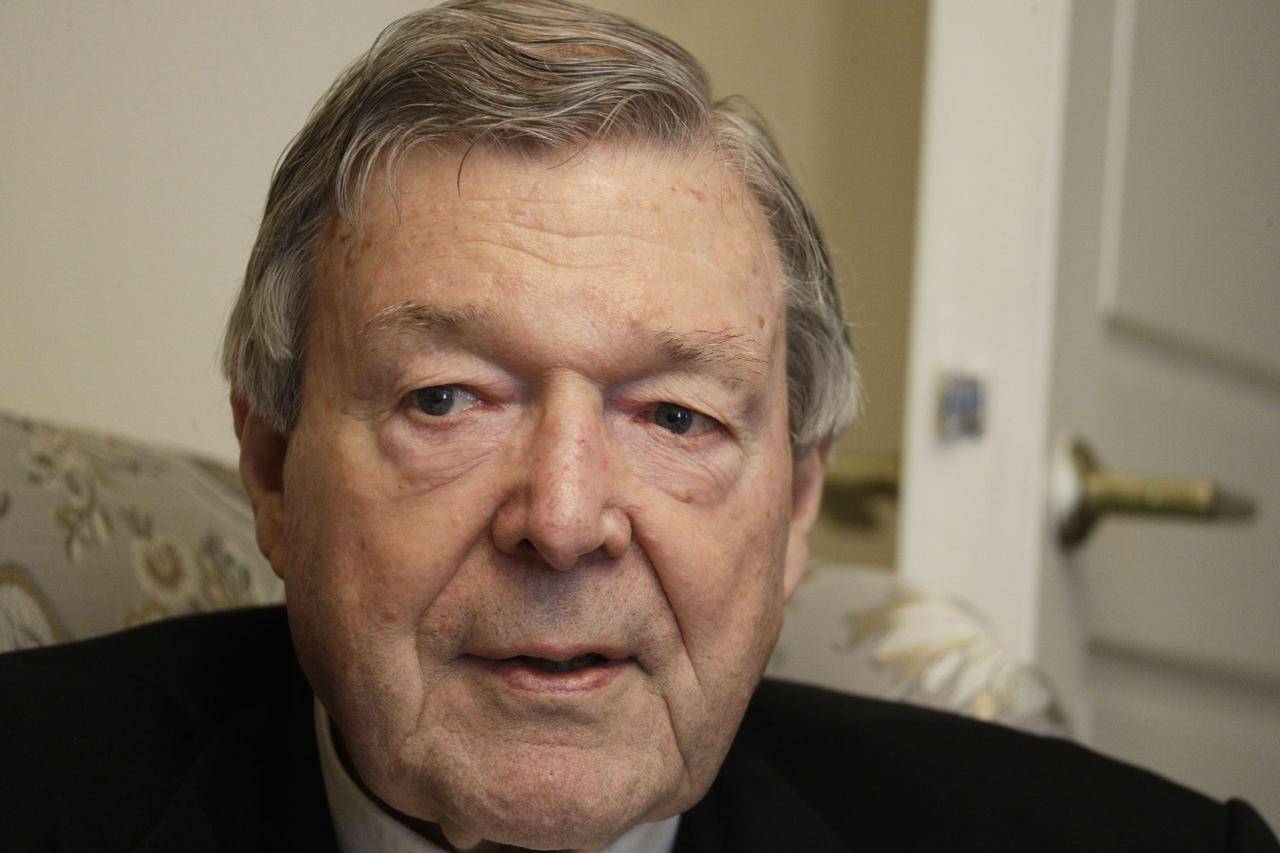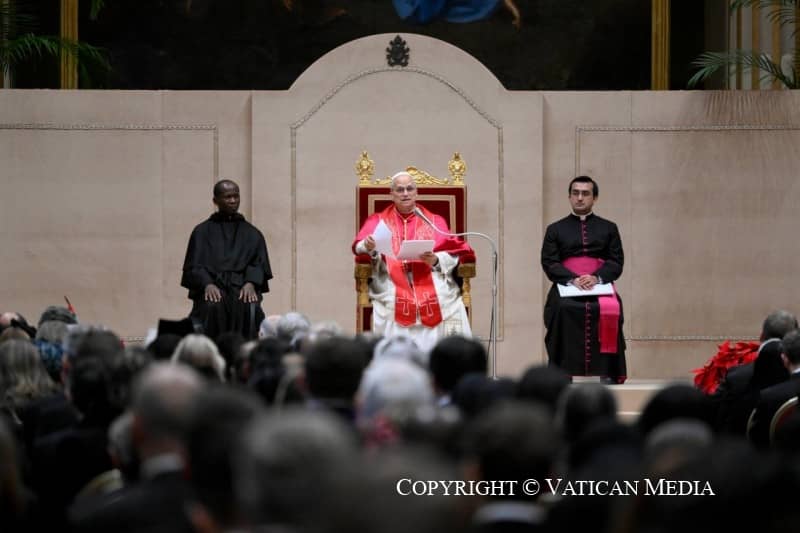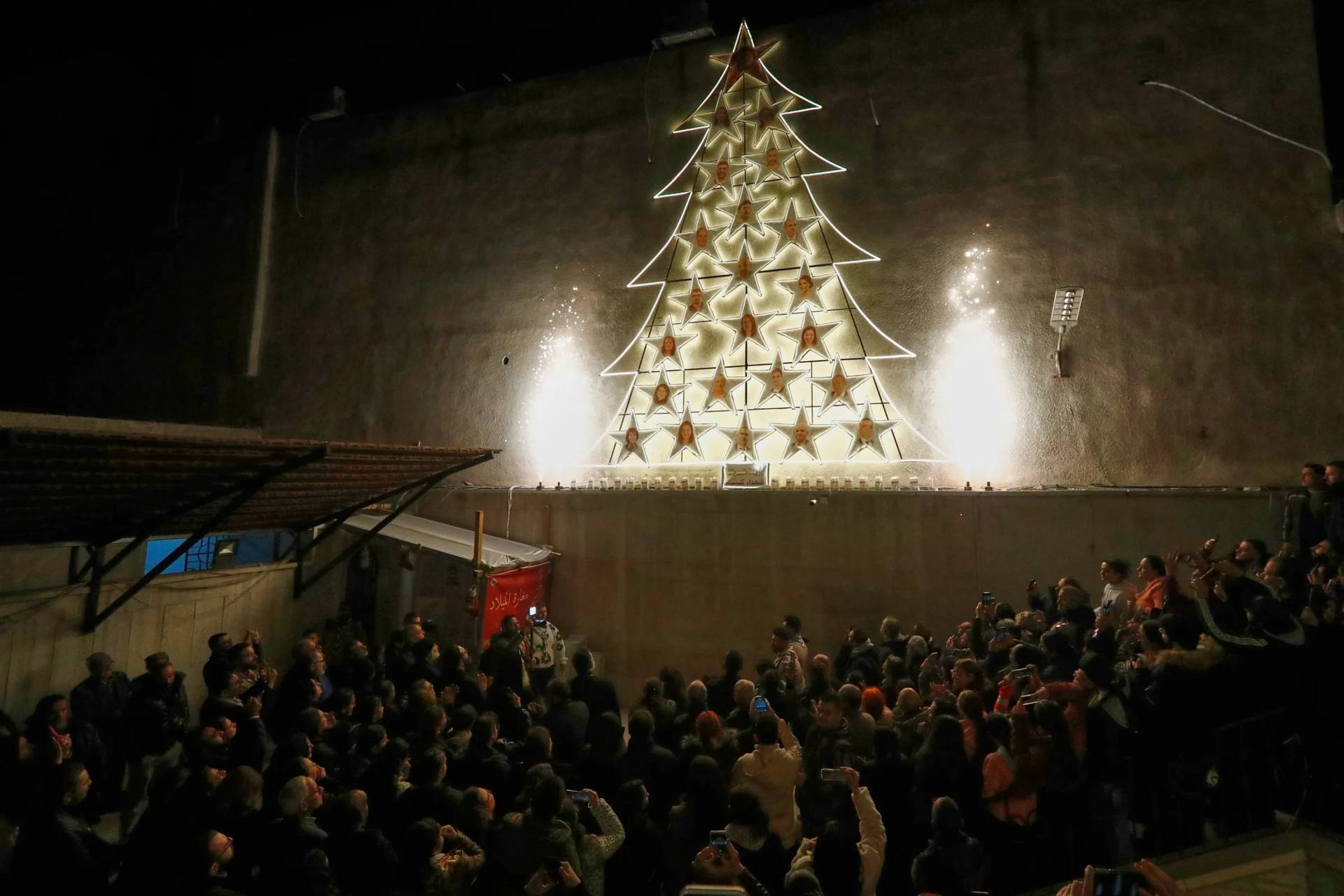Israeli archeologists have found the remains of a building dating back to the time of the Sanhedrin, the Jewish legislative body that existed in the Holy Land New Testament times.
The remains were found in Yavne, located in central Israel.
The city is where the Sanhedrin went into exile following the fall of Jerusalem and destruction of the Temple by the Romans in in AD 70. The body continued to exist – with ever-waning authority – until the 5th century.
“For the first time ever in Yavne, the excavations revealed an industrial building dating from the first–third centuries CE,” said a statement from the Israel Antiquities Authority.
“The floor contained several fragments of stoneware known as ‘measuring cups’, chalk vessels that retain their ritual purity and are identified with the Jewish population in the late Second Temple period and second century CE. An impressive cemetery was discovered only 70 meters away from the building,” the statement continued.
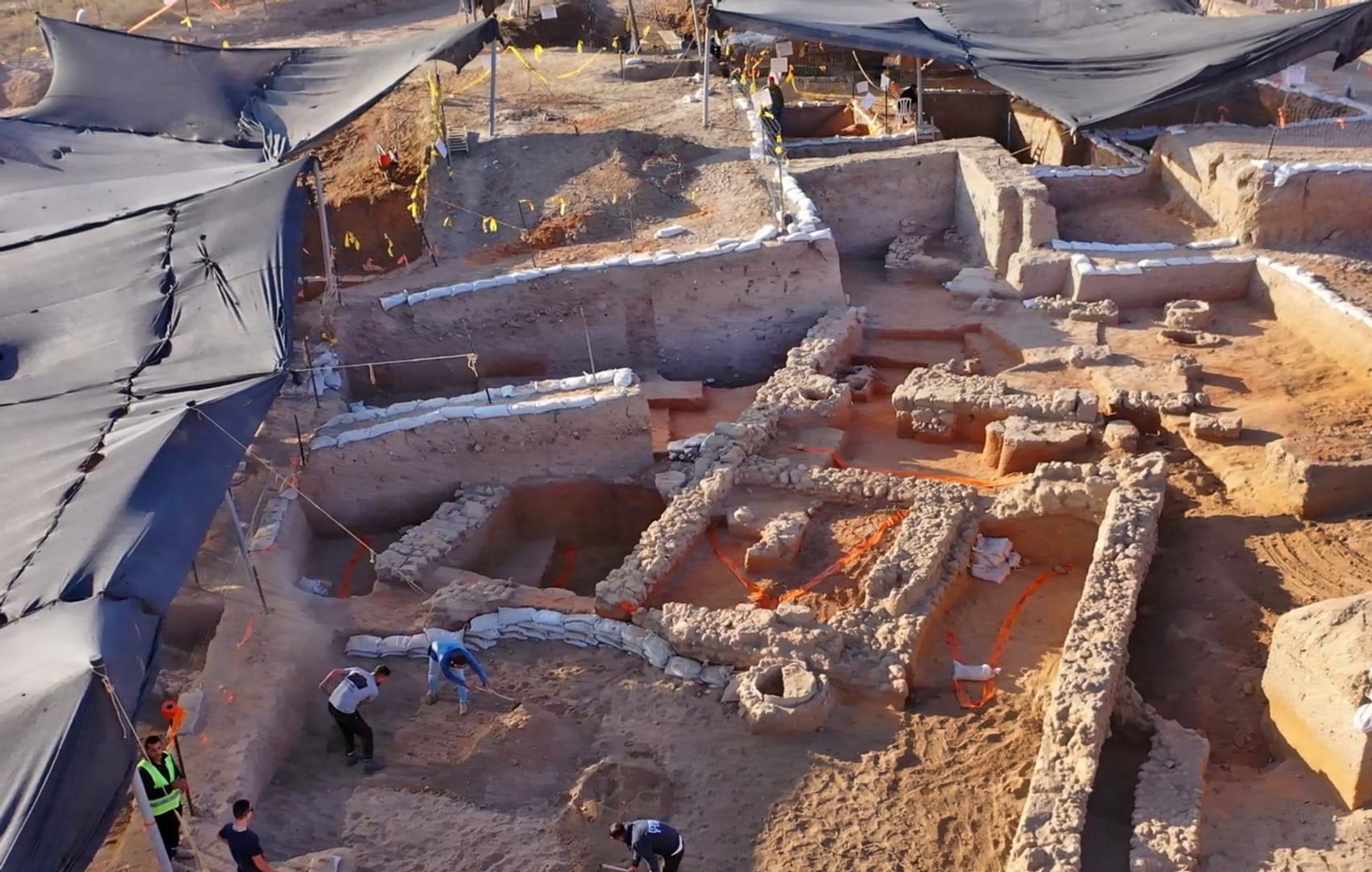
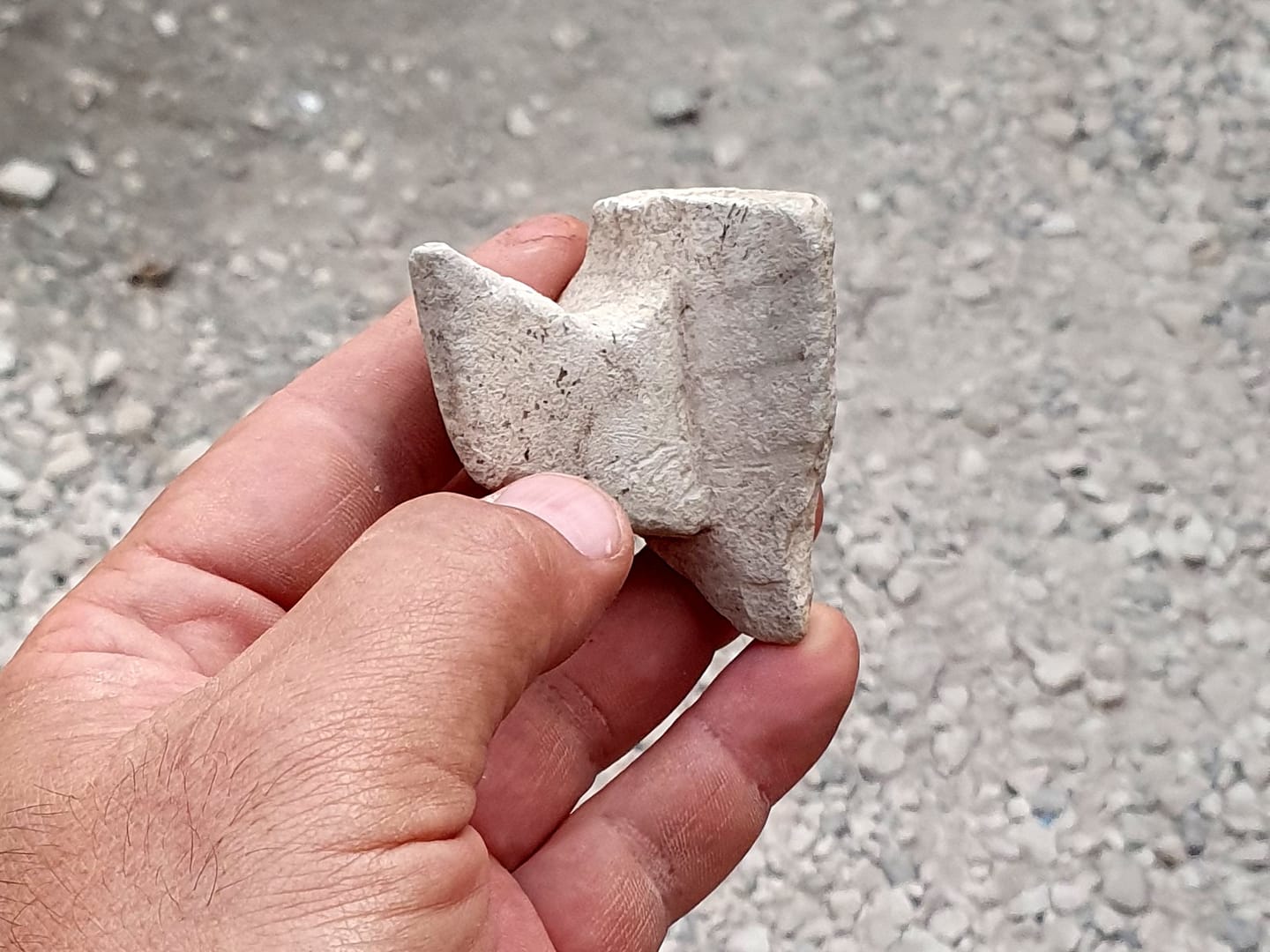
The current excavation is begin done in conjunction with the expansion of the city, which has been growing at a phenomenal rate since Israel’s independence.
“We encountered dozens of carefully arranged tombs spaced out at set distances, which probably indicates the existence of a ‘burial society’ — some official body that was responsible for burial,” said Pablo Betzer and Dr. Daniel Varga, directors of the Yavne excavation for the Israel Antiquities Authority, in a statement.
They said there are different types of tombs: some are coffins [sarcophagi], which are made mostly of stone, and also one lead coffin.
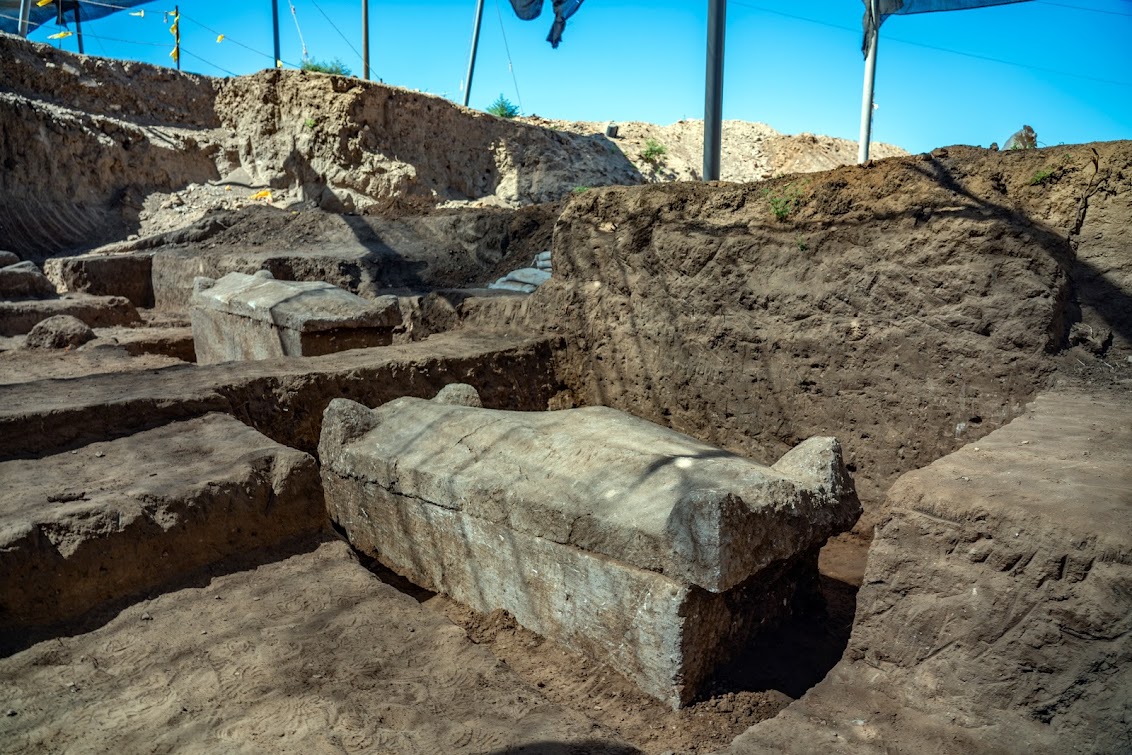
“Based on the cemetery’s location, it was probably established outside the boundaries of the city, in accordance with Jewish and Roman law. Were the interred individuals Jews or pagans? It is too early to say since there are no ethnic symbols on the coffins. However, the historical records and archaeological finds raise the possibility that these are the tombs of the city’s Jewish community. If this is correct, then at least some of the tombs, perhaps the most elaborate, may belong to the sages of Yavne, contemporaries of Rabban Yohanan ben Zakkai, Rabbi Akiva, and Rabban Gamliel,” the statement continued.
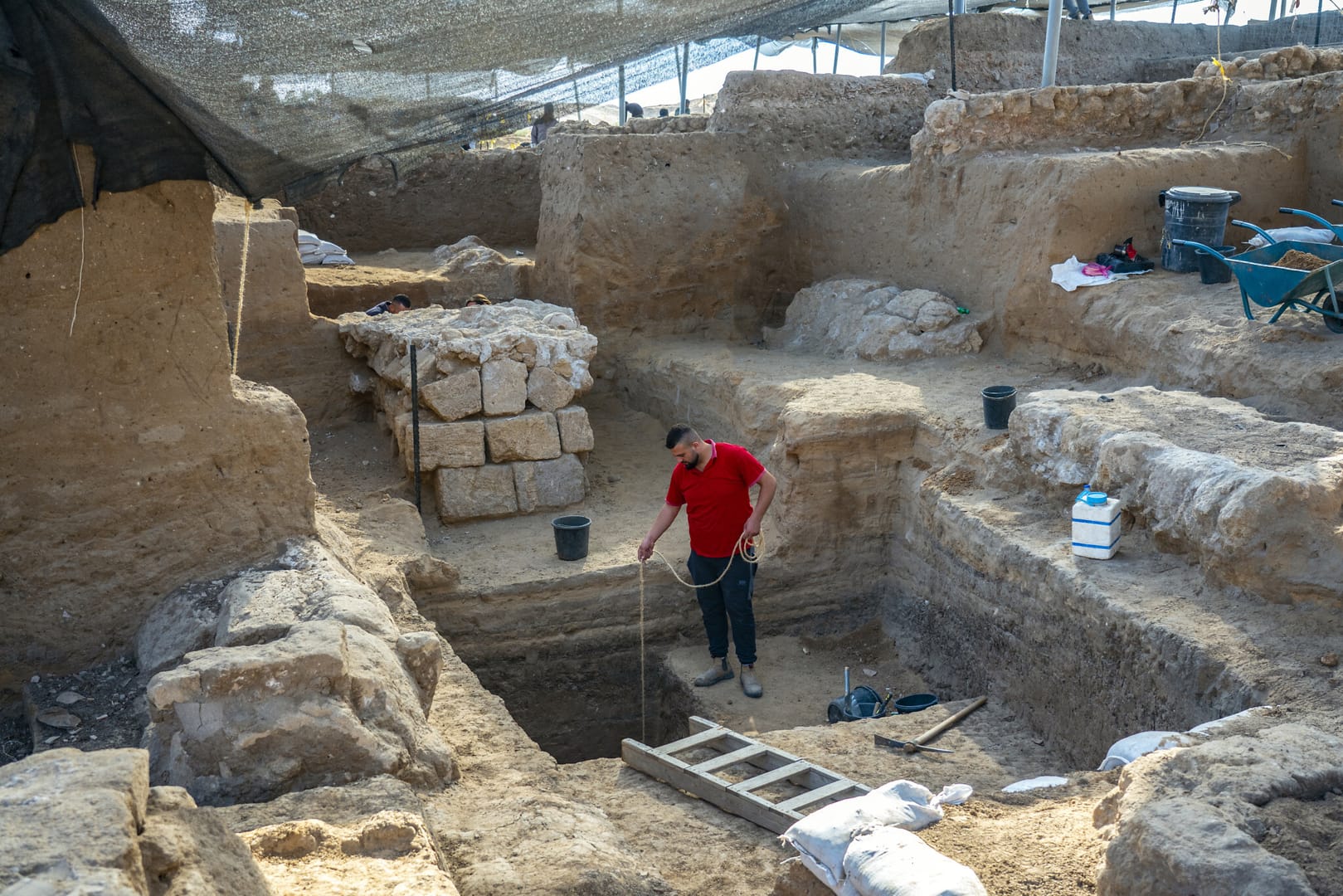
The three rabbis were very influential in Jewish life in the New Testament era, and Gamliel features in the Acts of the Apostles both as a teacher of St. Paul and as a man urging leniency for the followers of Jesus.
The archeologists said the excavation in Yavne uncovered another surprising find: Over 150 glass phials placed on top of the tombs.
“The phials were probably used to keep precious liquids such as fragrant oils. About half of them were locally produced, and the other half imported from Alexandria in Egypt,” said Dr. Yael Gorin-Rosen, head of the Israel Antiquities Authority’s glass department.
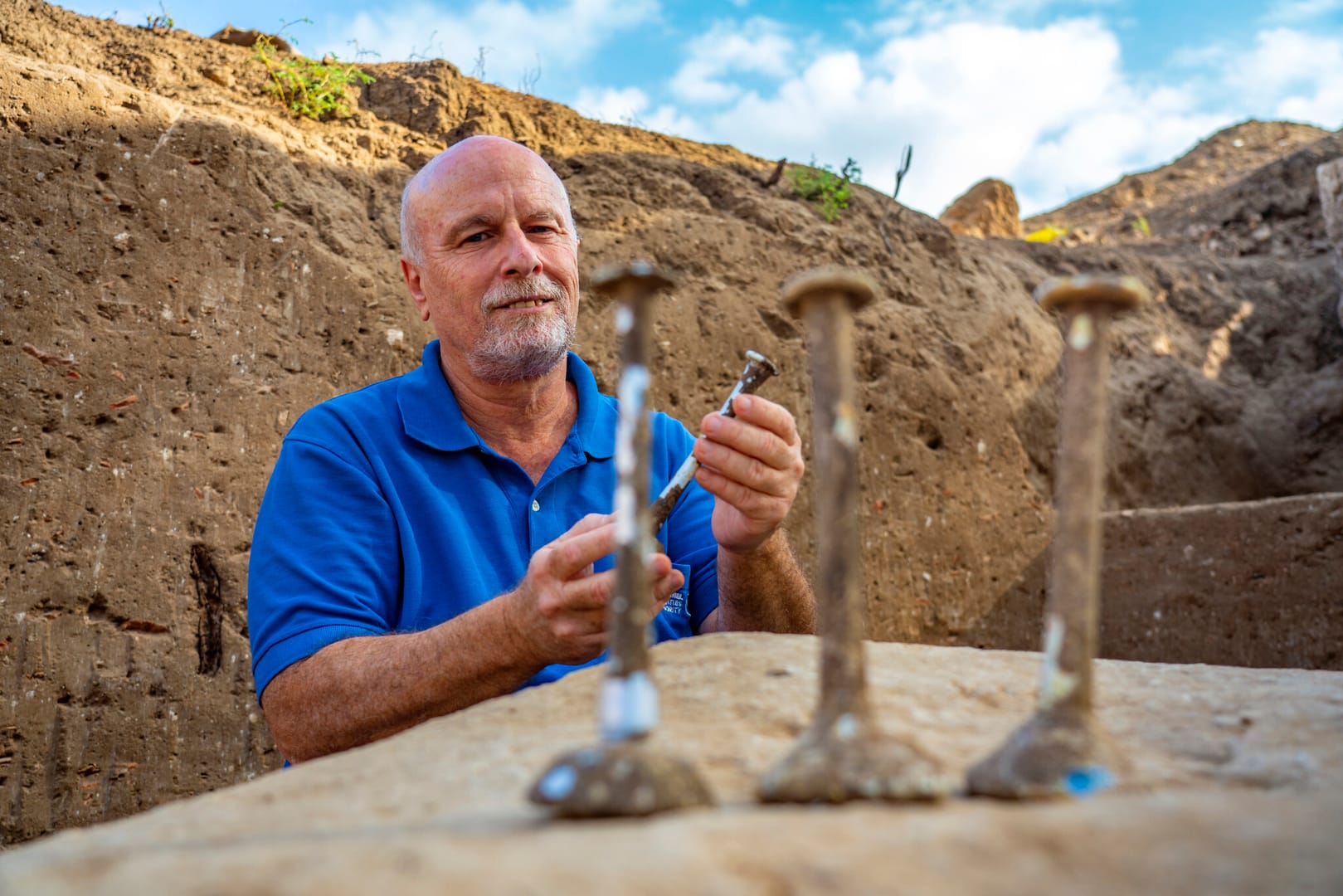
“Phials of this type have been recovered in excavations at both Jewish and pagan burial sites from the first to the early third centuries CE. It is a mystery as to why the phials were placed outside the tombs in Yavne and not inside them,” he said.
Betzer and Varga said the discovery of finds from the time of the Sanhedrin “is very exciting.”
“This is a direct voice from the past, from the period when the Jewish leadership salvaged the remaining fragments from the fall of the Temple, went into exile in Yavne, and set about re-establishing the Jewish people there,” they said.
Follow Charles Collins on Twitter: @CharlesinRome






